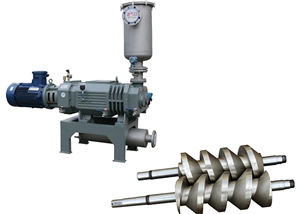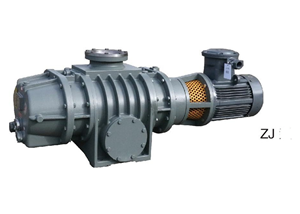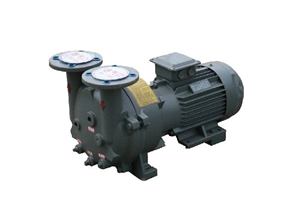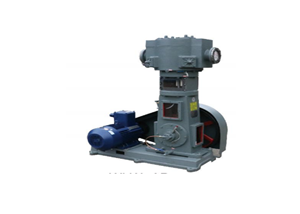Introduction to Rotary Vane Vacuum Pump
Introduction to Rotary Vane Vacuum Pump
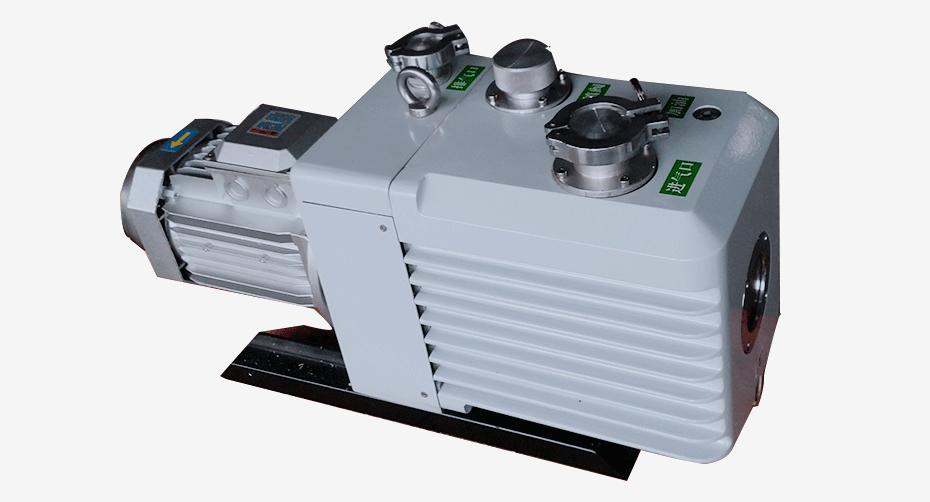
The rotary vane vacuum pump has a low vacuum and medium vacuum range suitable for all applications.
The rotary vane industrial vacuum pump has been developed for many years in many application fields. With good accessories and ideal equipment selection, the EVP vacuum rotary vane pump can be used in many processes. Rotary vane vacuum pumps can be widely used in refrigerators, air conditioners, light bulbs, fluorescent lamps, indoor production and electronics, metallurgy, medicine, chemicals, oil filters, printing machines, packaging machines and other industries. They can also be used as a fore-stage pump for oil diffusion pumps, Roots vacuum pumps, molecular vacuum pumps, and as a fore-stage pump for electronic instruments, medical equipment and other supporting applications and experimental research.
Working principle of rotary vane pump
The working principle of the rotary vane vacuum pump is to use a rotor that is eccentric to the vacuum pump housing to continuously and periodically change the suction volume through rotating blades, thereby realizing the suction of the vacuum pump. The rotary vane vacuum pump has the advantages of no dust pollution, small size, light weight, material saving, increasingly perfect functions, and a wider range of applications.
The required sealing function is guaranteed by oil. There are two configurations of rotary vane vacuum pumps. The inlet pressure range for single-stage rotary vane pump systems is from 1,000 to approx. 0.5 hPa; the high vacuum inlet pressure range for two-stage rotary vane pump systems extends to 5*10-4 mbar.
Process-adapted operating instructions
In fact, the operating pressure range for rotary vane vacuum pumps is from 100 mbar to pressures approximately 10 times higher than the final pressure. Above 100 mbar, the exhaust oil separator element quickly becomes clogged by the oily exhaust gas flow. In the final pressure range, the dependence of the pumping speed on the suction pressure becomes very large. In those state, no static processes can be operated.
All models can be supplied with ballast gas to prevent liquid accumulation due to condensed moisture. The use of gas ballast affects the performance data of the vacuum pump in various ways.
For example, the pumping speed of a single-stage rotary vane pump is reduced by the gas ballast ratio. those also increases the final pressure. However, due to
their design, gas ballast does not affect the pumping speed of a two-stage pump.
Applications
1. All low and medium vacuum applications.
2. Backing pumps for turbomolecular vacuum pumps and Roots pumps.
3. Laboratory applications.
4. Vacuum coating industry.
5. Chemical industry.
6. Freeze drying.
7. Process engineering.
8. Food industry.
9. Plastics industry

